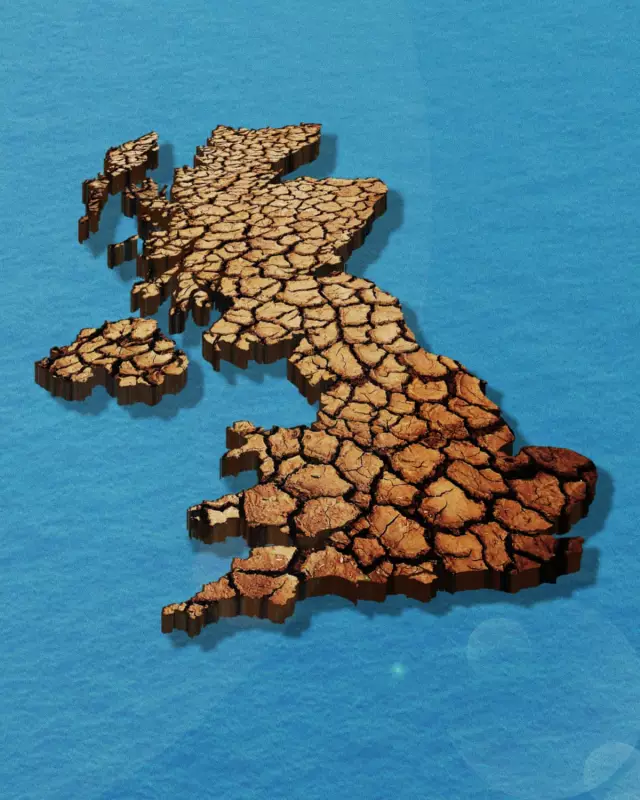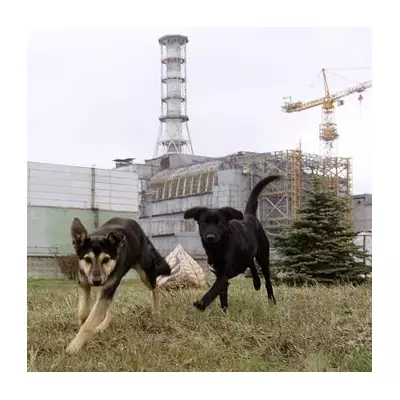
England's Looming Water Crisis: A Deep Dive
England is on the brink of a severe water shortage, with reservoirs running dry and experts sounding the alarm. How did one of the world's most developed nations find itself in this precarious position?
The Perfect Storm of Factors
Several key elements have contributed to England's water woes:
- Climate change: Rising temperatures and altered rainfall patterns have reduced water supplies
- Population growth: More people means greater demand on limited resources
- Infrastructure issues: Aging pipes and systems lose billions of litres daily
- Agricultural needs: Farming accounts for significant water consumption
The Consequences of Inaction
If current trends continue, England could face:
- Water rationing for households and businesses
- Severe restrictions on agricultural irrigation
- Damage to aquatic ecosystems
- Increased conflicts over water resources
Potential Solutions on the Table
Experts propose several measures to address the crisis:
1. Infrastructure upgrades: Modernising water systems to reduce leaks and improve efficiency
2. Water recycling: Implementing advanced treatment technologies to reuse wastewater
3. Demand management: Encouraging water conservation through pricing and education
4. Alternative sources: Exploring options like desalination and rainwater harvesting
The Road Ahead
While the situation is serious, experts agree that with immediate action and long-term planning, England can secure its water future. The time to act is now, before the taps run dry.





